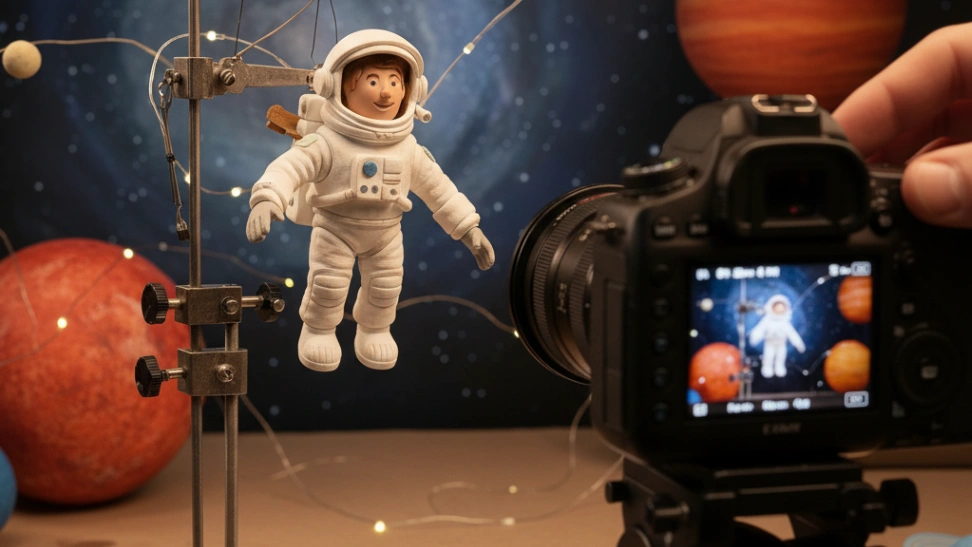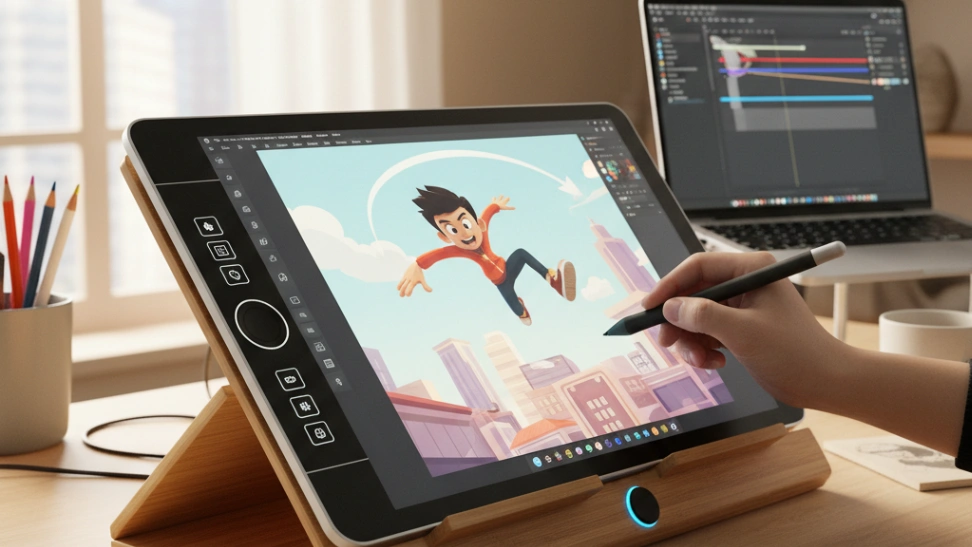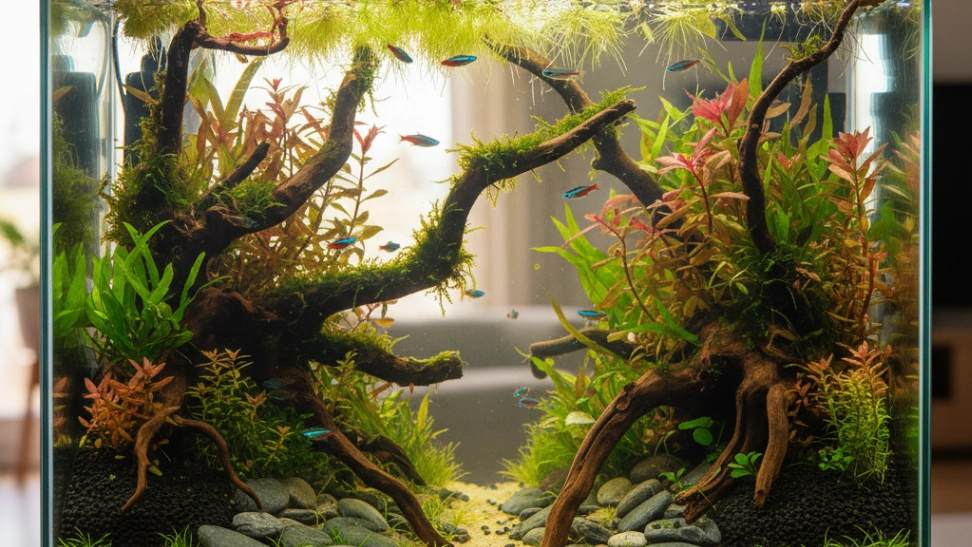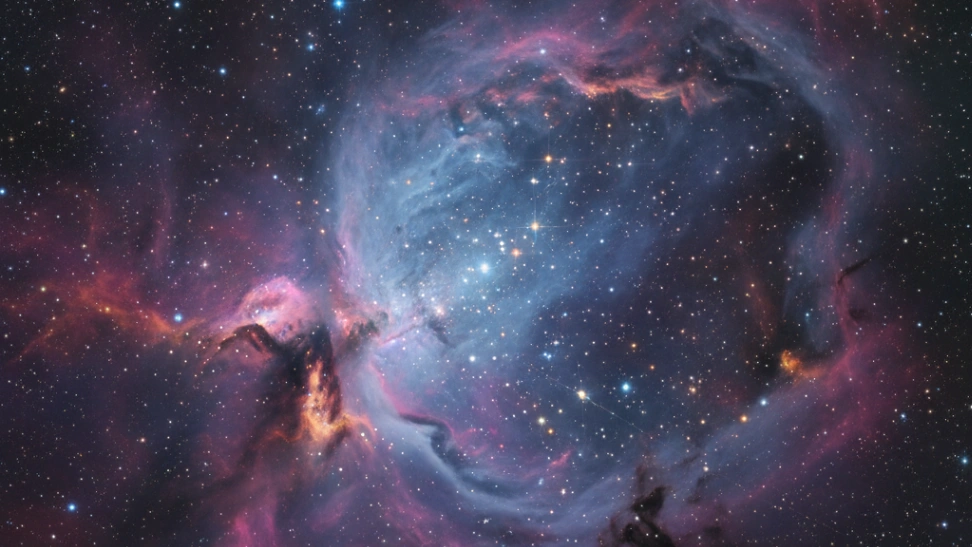The origins of stop motion can be traced back to the late 19th and early 20th centuries, almost as long as cinema itself. One of the earliest known examples is Albert E. Smith and J. Stuart Blackton's 1907 film "The Haunted Hotel," which used stop motion to animate miniature furniture. Pioneering animators like Willis O'Brien, famous for his work on "The Lost World" (1925) and the original "King Kong" (1933), elevated the technique, creating believable monster movements that captivated audiences. Later, Ray Harryhausen became a legendary figure, developing the "Dynamation" process and bringing countless mythical creatures to life in films such as "Jason and the Argonauts" (1963) and "Clash of the Titans" (1981), inspiring generations of filmmakers. In the modern era, studios like Aardman Animations ("Wallace and Gromit," "Chicken Run") and Laika ("Coraline," "Kubo and the Two Strings") have continued to push the boundaries of the art form, blending traditional stop motion with cutting-edge digital technology to create visually stunning and emotionally resonant films. These works highlight stop motion's enduring appeal and its capacity for unique aesthetic charm that often feels more tactile and handcrafted than purely digital animation.
The stop motion process typically begins with storyboarding and character design, much like any other animation project. However, instead of drawing or digitally rendering, the characters and sets are physically built, often with armatures for poseability, and meticulously sculpted or fabricated. Lighting is critical, as it must remain consistent across hundreds or thousands of frames, yet also be adjustable for changes in mood or time of day within the scene. The actual animation involves posing a character, taking a photograph, making a tiny adjustment, taking another photograph, and so on. This painstaking, frame-by-frame approach requires immense patience, precision, and an exceptional eye for detail, as even the slightest inconsistency can break the illusion of movement. Animators must anticipate the flow of action, the arc of emotion, and the physics of their miniature world, often working in solitude for extended periods. The magic of stop motion lies in this very tactile creation – the hand-crafted sets, the miniature props, the palpable textures – all contribute to an aesthetic that sets it apart from other animation techniques, giving it a unique warmth and organic quality.
While professional stop motion studios utilize highly specialized software, motion control rigs, and industrial-grade cameras, the hobby has become remarkably accessible to enthusiasts. Modern digital cameras, even smartphones, coupled with user-friendly stop motion apps or software, allow anyone to experiment with the technique. Simple materials like LEGO bricks, clay, action figures, or everyday household objects can become the stars of a short film. The entry barrier in terms of equipment is relatively low, making it an excellent creative outlet for all ages. Online tutorials, communities, and open-source software have democratized the process, enabling aspiring animators to learn the ropes, share their work, and receive feedback. This accessibility fosters a vibrant community of amateur animators who produce everything from whimsical shorts to ambitious narrative pieces, proving that passion and creativity can overcome the perceived technical complexities of the art form. The primary investment for a beginner is not necessarily financial, but rather in time, patience, and a willingness to iterate and refine their craft.
Engaging in stop motion animation offers a wealth of benefits beyond just creating a finished product. It significantly develops patience and perseverance, as even a few seconds of animation can take hours to produce. It hones fine motor skills and hand-eye coordination through the delicate manipulation of puppets and props. Creative thinking, problem-solving, and storytelling abilities are constantly exercised, from designing characters and sets to crafting narratives and overcoming technical challenges. The process encourages attention to detail, as every minute adjustment impacts the final visual. Furthermore, seeing inanimate objects seemingly come to life through your own efforts provides a profound sense of accomplishment and artistic satisfaction. It's a multidisciplinary hobby that blends visual arts, cinematic principles, and meticulous technical execution, making it a rich and stimulating pursuit for those who enjoy bringing imaginative worlds into tangible existence. The final reward is not just the animation itself, but the journey of learning, creating, and mastering a unique and expressive art form.



